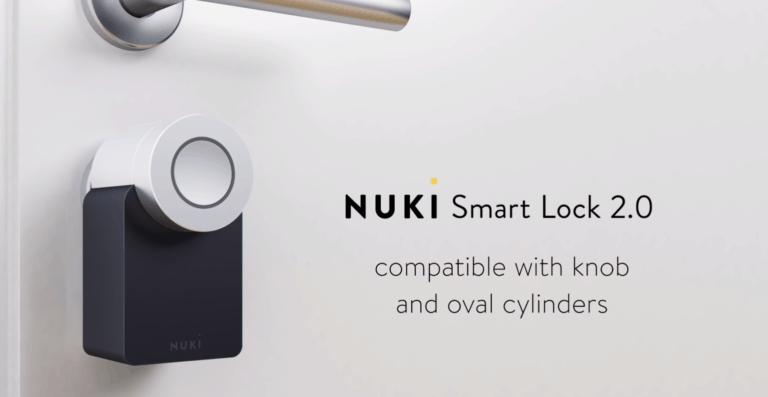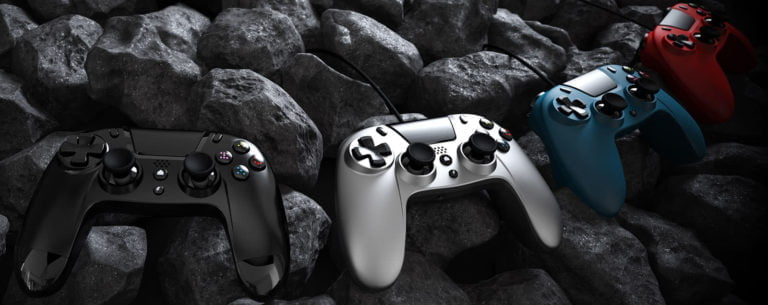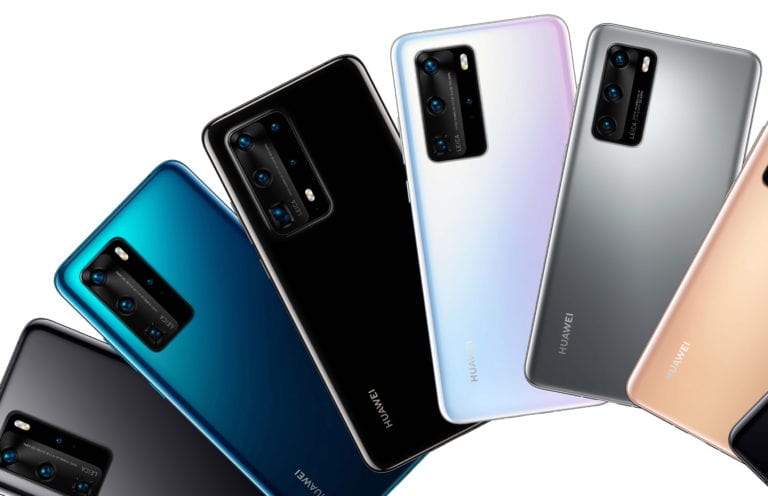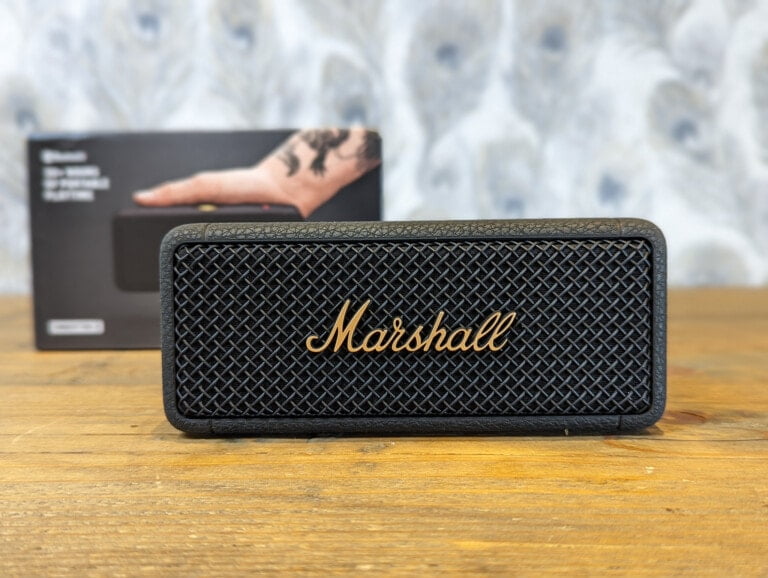Any links to online stores should be assumed to be affiliates. The company or PR agency provides all or most review samples. They have no control over my content, and I provide my honest opinion.
Google has been using the same 12.2 MP camera sensor on the Pixel phones since the Pixel 2. However, year after year, it has been regarded one of the best Android phones for its camera performance, which goes to show the importance of software processing.
However, sooner or later, they had to upgrade the sensor. It is not just about the megapixels, but the sensor size is just 1/2.55″, whereas phones such as the OnePlus 9 Pro have a 48MP 1/1.43″ sensor.
Various leaks have come out stating the new Pixel 6 series will use the 50MP Samsung GN1 sensor for the main camera. The most recent piece from XDA details extensive camera features; while these can’t be guaranteed to be 100% accurate, it should give us an idea of what is arriving.
Full Camera Specifications
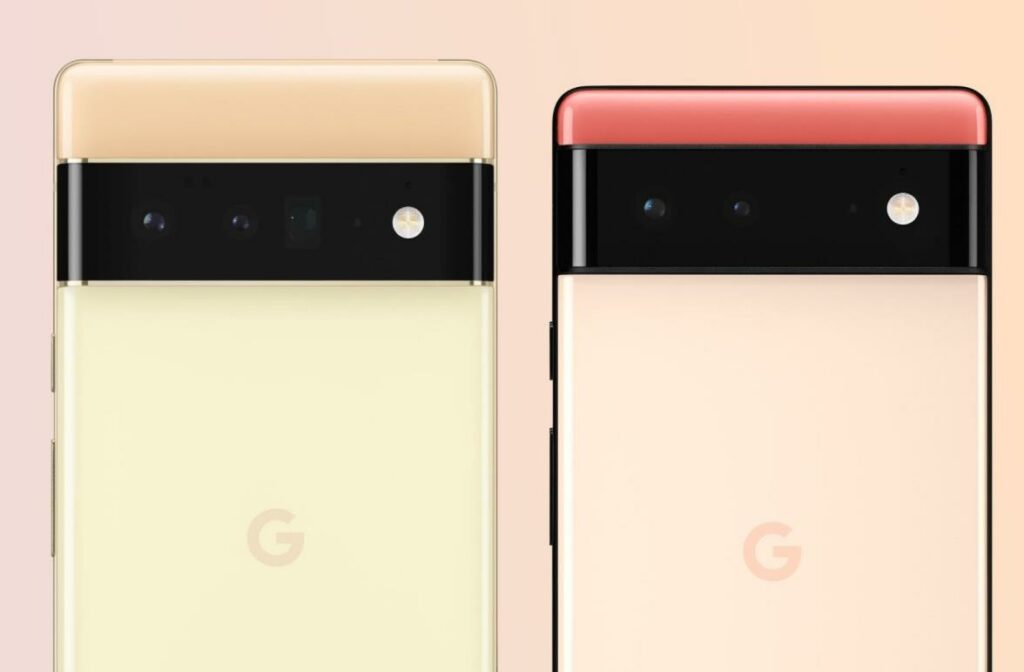
The full camera specification includes:
- Rear
- 50MP Samsung GN1 main
- 12MP Sony IMX386 ultra-wide-angle
- 48MP Sony IMX586 4X zoom telephoto (Pixel 6 Pro only)
- Front
- 12MP Sony IMX663 (Pixel 6 Pro)
- 8MP (Pixel 6)
50MP Samsung GN1 Main Camera Sensor
The 50MP Samsung GN1 is a 1/1.3-inch camera sensor that was announced last year and is one of the largest sensor sizes on the market. Samsung has announced the GN2, which is even larger at 1/1.12″ however with it being so new, Google will likely have preferred something more mature, allowing them to offer the best possible performance.
Camera Features
Features of the camera include:
- Wide-angle front camera: It is believed that the Pixel 6 Pro (not the Pixel 6) will have an ultra-wide-angle lens. According to XDA, the selfie camera on the Pixel 6 Pro offers two predefined zoom levels: 0.7X and 1.0X.”
- Video recording: The main camera will support 4K video @ 60fps, but the ultra-wide and telephoto cameras are capped at 4K @ 30fps. While recording at 4K/60fps, the maximum zoom level is 7X. Recording at either 4K or FHD @ 60fps enabled zoom up to 20X.
- Manual white balance: It is believed Google is working on this feature, and it may appear on the phone, but it is quite likely not ready yet.
- Magic eraser: This feature is for the Pixel 6 series and may also be accelerated by the Tensor Chip’s TPU (Tensor Processing Unit). This should allow you to remove an object from images using AI processing.
- Face deblur: This is a feature confirmed by Google and works by taking additional frames of the subject(s) using the ultra-wide camera while capturing HDR frames from the main camera. The TPU then processes the details from both cameras to deblur a face that may have been captured in motion.
- Scene Lock: Lock may be related to AF/AE lock, but it isn’t clear what the purpose is yet.
- Bluetooth microphone support: Code within the app suggest that Google may enable support for using a Bluetooth microphone during video recording.
- Motion Blur: This feature will add “creative blur effects to your photos.” The motion blur mode doesn’t appear on our source’s Pixel 6 Pro, but we may see it go live with a future version of the app.
- “Nima aesthetic: seems to be related to Google’s “Top Shot” feature when Motion Photo is enabled. This feature appears to be accelerated by the Tensor’s TPU.
- Baby mode: this could be an auto-capture feature that will recognise and capture babies and toddlers in cute moments while they play or move around a lot.
Overall
The Pixel 6 is shaping up to be one of the most exciting phones of the year. Google is finally launching a phone based on their own custom chipset, and it is the first Pixel phone in years to see an upgrade to the camera hardware.
It will, of course, be interesting to see if Google can successfully take the four years worth of optimisations on the 12.2 MP camera sensor and apply it successfully to the 50MP Samsung GN1,
I am James, a UK-based tech enthusiast and the Editor and Owner of Mighty Gadget, which I’ve proudly run since 2007. Passionate about all things technology, my expertise spans from computers and networking to mobile, wearables, and smart home devices.
As a fitness fanatic who loves running and cycling, I also have a keen interest in fitness-related technology, and I take every opportunity to cover this niche on my blog. My diverse interests allow me to bring a unique perspective to tech blogging, merging lifestyle, fitness, and the latest tech trends.
In my academic pursuits, I earned a BSc in Information Systems Design from UCLAN, before advancing my learning with a Master’s Degree in Computing. This advanced study also included Cisco CCNA accreditation, further demonstrating my commitment to understanding and staying ahead of the technology curve.
I’m proud to share that Vuelio has consistently ranked Mighty Gadget as one of the top technology blogs in the UK. With my dedication to technology and drive to share my insights, I aim to continue providing my readers with engaging and informative content.


